Best Muscle Cars
Ford’s 1964 Aurora: A Futuristic Concept Car with 12 Headlights
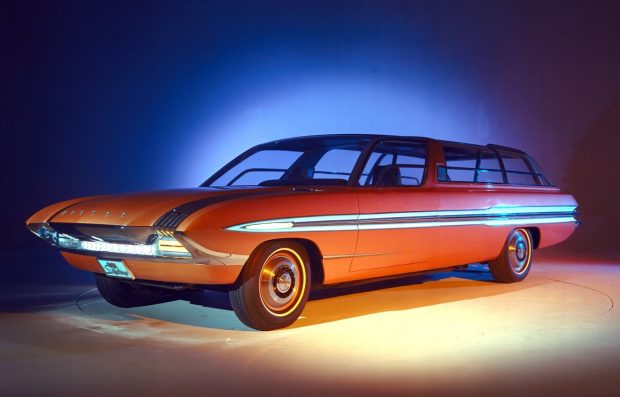
During the 1950s and 1960s, anything seemed possible with car design. Nuclear power, wacky designs – nothing was off the table. The 1964 Ford Aurora, aptly named after the Northern Lights was a vision of the future, covering all the needs of the long distance traveller. The features includes seating for a huge party, 12 headlights, a polarizing roof, and more mod cons than a sci-fi nerd of the 60s could ever want.
Features Ahead of Its Time
Analog Navigation System: Long before GPS became commonplace, the Aurora had its own map/directional feasture. Basically, a scrolling map on the dash showing sort-of the way ahead.
Polarizing Window Glass: The Aurora’s windows weren’t ordinary. They were polarizing, adapting to changing light conditions. No more blinding sun or glare, just crystal-clear views.
Electroluminescent Trim: The Aurora’s futuristic trim glowed with electroluminescence. A feature that still looks cool today.
A Living Room on Wheels: Step inside the Aurora, and you’d find a living room fit for a groovy apartment. Plush seats, ambient lighting, made to look like a hip studio apartment, rather than the people carriers of today.
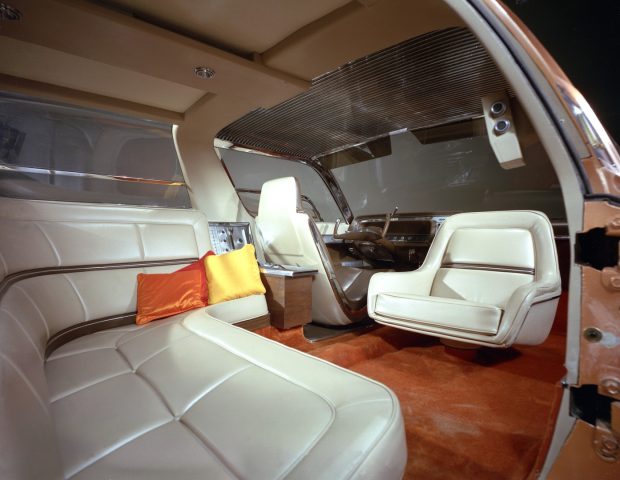
The Headlight Extravaganza
Now, let’s talk about the pièce de résistance: the headlights. While typical 1960s cars sported two or four headlights, the Aurora had twelve. Ford equipped the Aurora with special 1-inch sealed beams, each serving a purpose:
Low Beams: Six of these headlights illuminated the road ahead, providing granular control for different driving conditions.
High Beams: When you needed maximum visibility, all twelve headlights came to life. A great experience for the driver, not so much for other road users at night.
The Road Trip Revolution
In the 1950s and 1960s, American families embraced the open road. Active lifestyles called for vehicles that could handle long trips, and Ford paid attention. Concepts like the 1959 Country Squire Station Wagon with its pushbutton camper—complete with a boat, kitchen, shower, and tent—hinted at the future of travel. The 1961 Unitron promised a low-slung RV and mobile office rolled into one.
But the Aurora took the road trip game to a whole new level. Ford’s designers tackled common travel annoyances head-on:
Visibility: No more squinting through tiny windshields. The Aurora offered panoramic views, making every mile scenic.
Ventilation: Say goodbye to stuffy cabins. The Aurora’s ventilation system kept the air fresh, ensuring a comfortable journey.
Fatigue-Free Seats: Long drives can be grueling, but the Aurora’s seats were designed for comfort. No more achy backs or numb legs.
Moonroof Magic: The moonroof—more like a celestial skylight—let in just the right amount of sun without scorching your scalp.
The Legacy Lives On
As with many concept car designs, they were embryonic versions of what we see today. Like the scrolling map feature. No satellites or GPS back then, but the idea of plotting your location on a moving map was front of mind. So, think of these designs the same as the weird dinosaurs we see on nature documentaries – pre T REX. Not quite there yet, but on its way to the ultimate design.

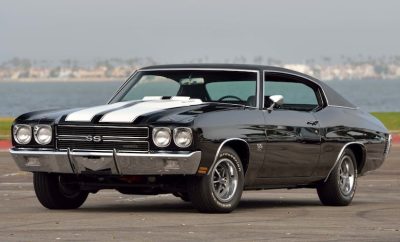
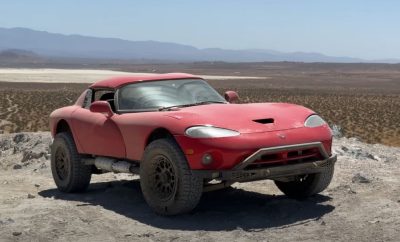
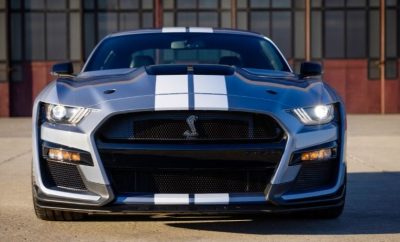





0 comments